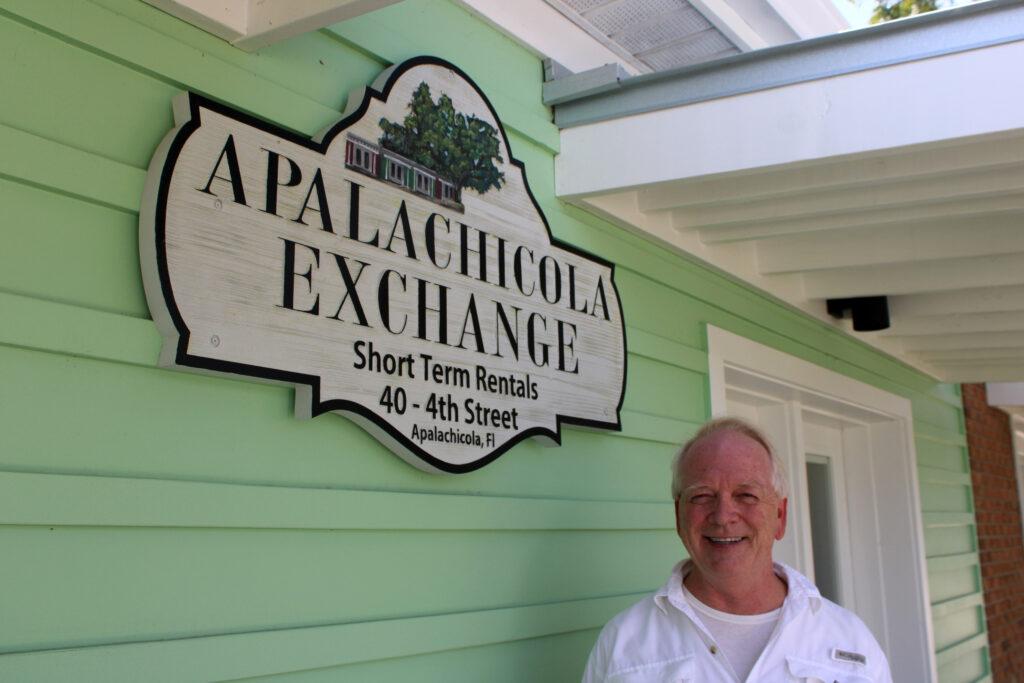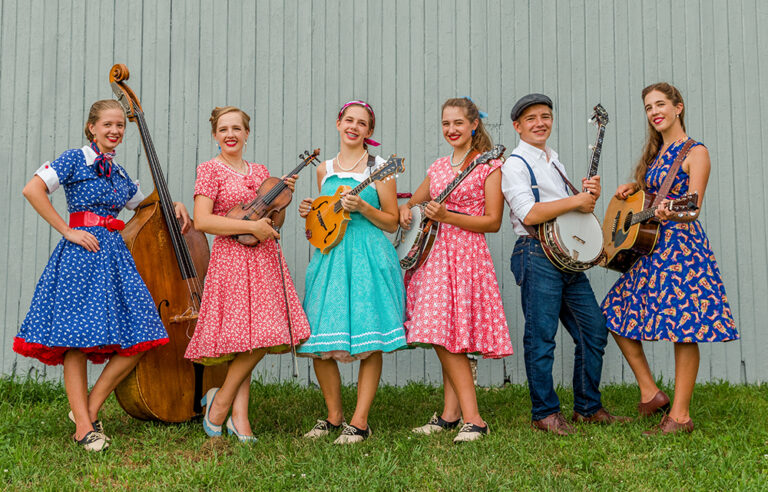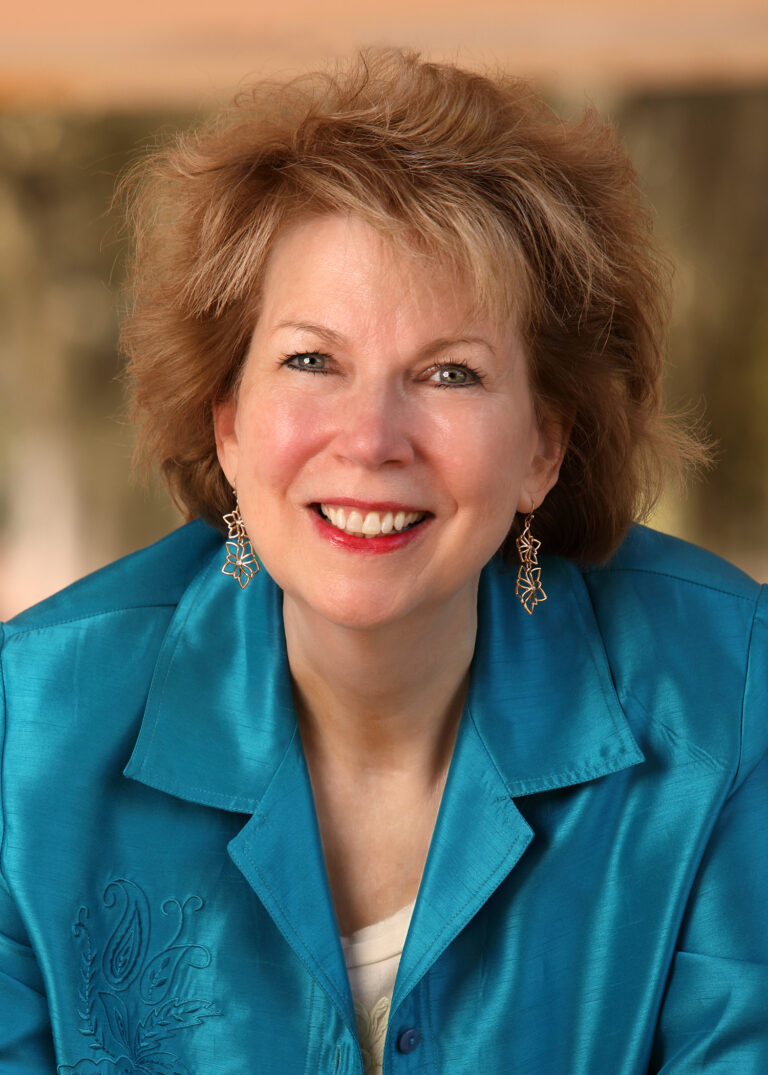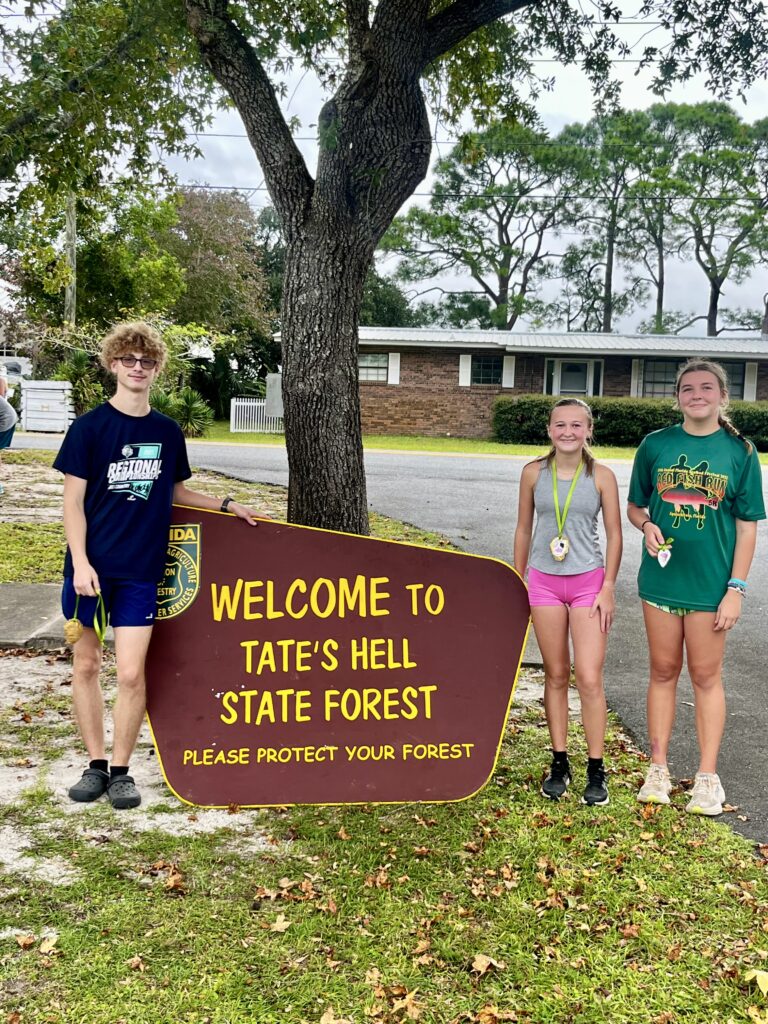Chasing Shadows: Apalachicola Exchange honors 19th century hotel
It will cost considerably more than 50 cents a night, and it won’t come complete with “genuine liquors of the choicest quality” or “delicacies of the market served up in the best style.”
But the three newly-opened short-term rentals at the corner of Fourth Street and Avenue C in Apalachicola, known as the Apalachicola Exchange, do hearken back to an antebellum era in the city when the hotel of the same name, located just a few blocks away, provided choice accommodations by the day, week or month, as well as board if they so desired.
Michael Shuler, proprietor of the newly opened Apalachicola Exchange, converted office space into the three units, and after securing the necessary permissions from the city to conduct business, settled on a name from the mid-19th century that he knew of, but only in scant detail.

Local historian Mark Curenton unearthed a great deal of history on the original Apalachicola Exchange and what it offered to travelers who came into town, often for extended stays while conducting business in the cotton trade.
Curenton said John Partridge operated the Apalachicola Exchange, an imposing building built of brick with granite fronts. at the corner of Avenue D and Water Street, which is now the site of the roofless building, owned by Helen Escobar.
Partridge bought the hotel in November 1846, and operated it at least up until the Civil War. “I cannot find any evidence that he operated one after the war,” Curenton said.
In 1851 the rates charged at the Apalachicola Exchange were 50 cents for a single meal, 50 cents for lodging for a night, $1.50 board by the day, $9 board by the week, $25 board by the month, and $30 for board and lodging per month.
Dinner was served at 1:30 p.m. except on Sunday, when it was served at 1 p.m. “He boasted that the bar was always stocked with the choicest wines, liquors, and cigars,” said Curenton.
Partridge was born about 1806 in Massachusetts, so when he opened the Apalachicola Exchange he was 40 years old.
He had married a woman named Caroline, maiden name unknown, and they had one daughter, Louisiana Partridge. The family appears to have lived in a house after the Civil War that was at the corner of Market Street and Avenue D, where the new Gibson Inn addition is going up.
In 1866 the famed botanist Dr. A. W. Chapman, who served as collector of customs for the District of Apalachicola, nominated Partridge as “Weigher, Gauger, & Measurer” for the customs office.
In the 1880 U.S. Census Patridge lists his occupation as carpenter.
Partridge died on Feb. 16, 1889, his daughter died two years later in 1891, and his wife died in 1894. All three are buried in Chestnut Street Cemetery.
On March 22, 1882, seven years before her husband’s death, Caroline Partridge drafted a will that left her estate to her husband and daughter, although as it turned out both preceded her in death. When Mrs. Partridge passed away, the entire estate went to her niece Caroline E. Wedgewood, of New York City.
The will, attested to by J. A. Atkins, R. H. Porter and A. W. Chapman, bequeathed to her daughter and husband “certain securities now held by Dr. Wm. G. Porter of Philadelphia, Penns.”
These included a pair of “four percent Registered Bonds of the United States,” valued at $1,050, and “two Bonds of the Camden and Amboy Rail Road Company,” valued at $100. These financial instruments would be equivalent in today’s dollars of $31,468 and $2,997, respectively, since $1 in 1882 would be worth about $29.97 today.
Mrs. Partridge also bequeathed “my watch and Silver Plate for her (daugher’s) own use and disposal.”
Henry L. Grady of Apalachicola was appointed executor of the will “with the power… to sell any property required to be sold either at public or private sale as may be deemed best for the interest of my estate.”
On Dec. 22, 1894, J. E. Grady administered the estate sale, which brought in $149.65, equivalent to about $4,485 in today’s dollars.
The following are some of the bigger purchasers:
George A. Patton: Brussels Carpet ($4); 10 Chairs & Rocker ($2.50), Mattress ($1.25), Grind Stone ($1.25), Rocking Chair ($2.25), and Marble Top Bureau ($3.25) for a total of $14.50
Thomas Gibson: Ward Robe ($6), Glass ($0.10), Mirror ($2.30), Case ($0.75) Bureau ($2) and Table ($3.50), for $14.65
James Parker: Feather Mattress & 2 Pillows ($4.05), 9 Chairs ($3.05), Trunk ($0.15) and Bed Stead ($1.80), for $9.05
Robert Knickmeyer: Hair Mattress ($1) and Towel Rack ($0.25)
H. L. Grady: Cedar Chest ($7)
Joseph Buzzett: Marble Wash Stand ($2.50), Sofa & Chaise ($21), Parlor Stand ($0.75) and What Not ($4.25), for $28.50
Joseph Messina: Sofa ($5.50), Mahogany Table ($6.80), Open Table ($1.40), Wash Stand ($2.50), Table & Floor Stand ($0.70), Looking Glass ($0.15), for $17.05
Spartan Jenkins: Table ($0.50) and Iron Bedstead ($2.30)
Rhoda Collins: Marble Top Table ($15)
Mrs. A. Grant: Glass ($4)





Meet the Editor
David Adlerstein, The Apalachicola Times’ digital editor, started with the news outlet in January 2002 as a reporter.
Prior to then, David Adlerstein began as a newspaperman with a small Boston weekly, after graduating magna cum laude from Brandeis University in Waltham, Massachusetts. He later edited the weekly Bellville Times, and as business reporter for the daily Marion Star, both not far from his hometown of Columbus, Ohio.
In 1995, he moved to South Florida, and worked as a business reporter and editor of Medical Business newspaper. In Jan. 2002, he began with the Apalachicola Times, first as reporter and later as editor, and in Oct. 2020, also began editing the Port St. Joe Star.